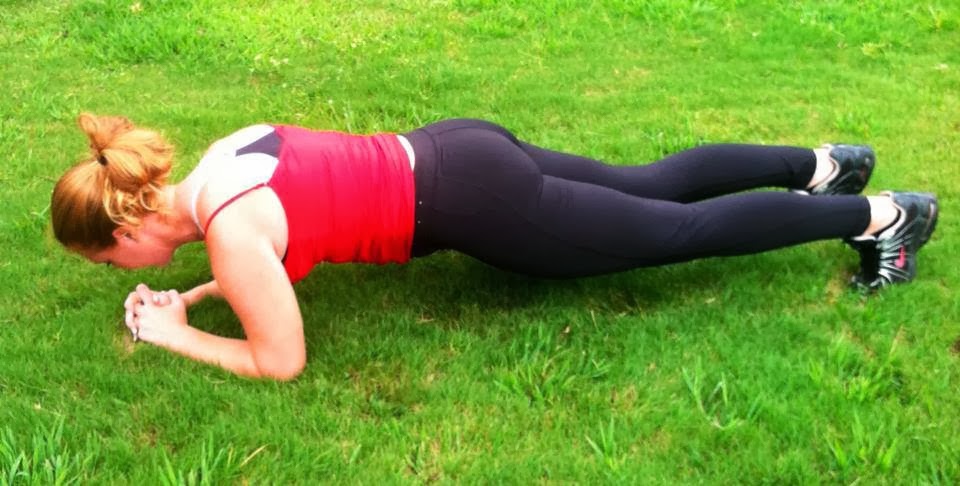What causes lower back pain in athletics?
In all my years of training different types of clients, lower back pain has been a constant and frequent detractor from progress for many people. Most athletes and people in general, do not know and are not taught, how to move properly, using the correct form and muscles. Lower back pain will be ever present as long as that continues.
In the Encyclopedia of Sports Speed, Dintiman and Ward (2011), it states that “the exact cause of most lower back pain (LBP) in the general population remains a mystery. Blaming pressure against a spinal nerve caused by bulging spongy discs is incorrect when a normal back without some degree of bulging is the exception. Other theories suggest that lower back muscle spasms or arthritic spurs on bony overgrowth compress spinal nerves. Trauma of some type in athletes certainly contributes to the condition.”
I have to disagree with this statement for a primary reason. The statement mentions the general population and not, specifically, athletes. I am not saying that the situations in the statement do not occur, as they most certainly do. However, the general population and athletes are two different animals and their respective causes of lower back pain are, more than likely, from very different sources. There will always be an overlap between the two groups but that is minimal, as the two have very different daily dynamics, affecting their lower backs and resulting lower back pain.
Concerning what causes lower back pain in athletics, I believe it mostly has to do with muscular imbalances and a missing emphasis, on posterior chain training and development.
In the article, Lower Back Savers, by Eric Cressey, he states that “broadly speaking, you can classify the majority of back pain sufferers into extension-based or flexion-based back pain.”
Muscular imbalances and inadequate posterior chain development contribute to lower back pain in the general population and with athletes. The athletes conduct very demanding, dynamic movements frequently, whereas the general population is normally less active.
Cressey states that “Effectively, the hip flexor shortness and insufficient glute contribution leads athletes to substitute lumbar extension for hip extension in movements such as deadlifting, jumping, throwing, or any other task that requires hip extension.” From my personal experience, this is where I see the majority of lower back pain originating from in athletes,. There are and always will be exceptions.
I see more flexion based lower back pain in the general population clients, who sit for long periods of time and are much less active than athletes.
My experiences, with a wide variety of athletic and general population clients, over many years, lead me to believe that the cause of lower back pain in athletics vary but can usually be related to muscular imbalances and inadequate posterior chain training and development. Of course, none of this negates the importance of proper assessment and treatment, from qualified medical professionals.
What can you do to prevent lower back pain?
1. Stretch the tight areas
2. Strengthen the whole body especially weak areas and your core
3. Learn proper form and technique for movement and exercise
4. Activate the proper muscles
5. Maintain a healthy and fit lifestyle once problem areas have been improved
Cressey, E., (2009, May 5). Lower Back Savers. Retrieved from http://www.t-nation.com/free_online_article/sports_body_training_performance_repair/lower_back_savers
Cressey, E., Robertson, M., (2004, Sep 6). Get Your Butt In Gear. Retrieved from http://www.t-nation.com/free_online_article/sports_body_training_performance_repair/get_your_butt_in_gear
Eric Dempsey
NASM Certified Personal Trainer



.jpg)














No comments:
Post a Comment